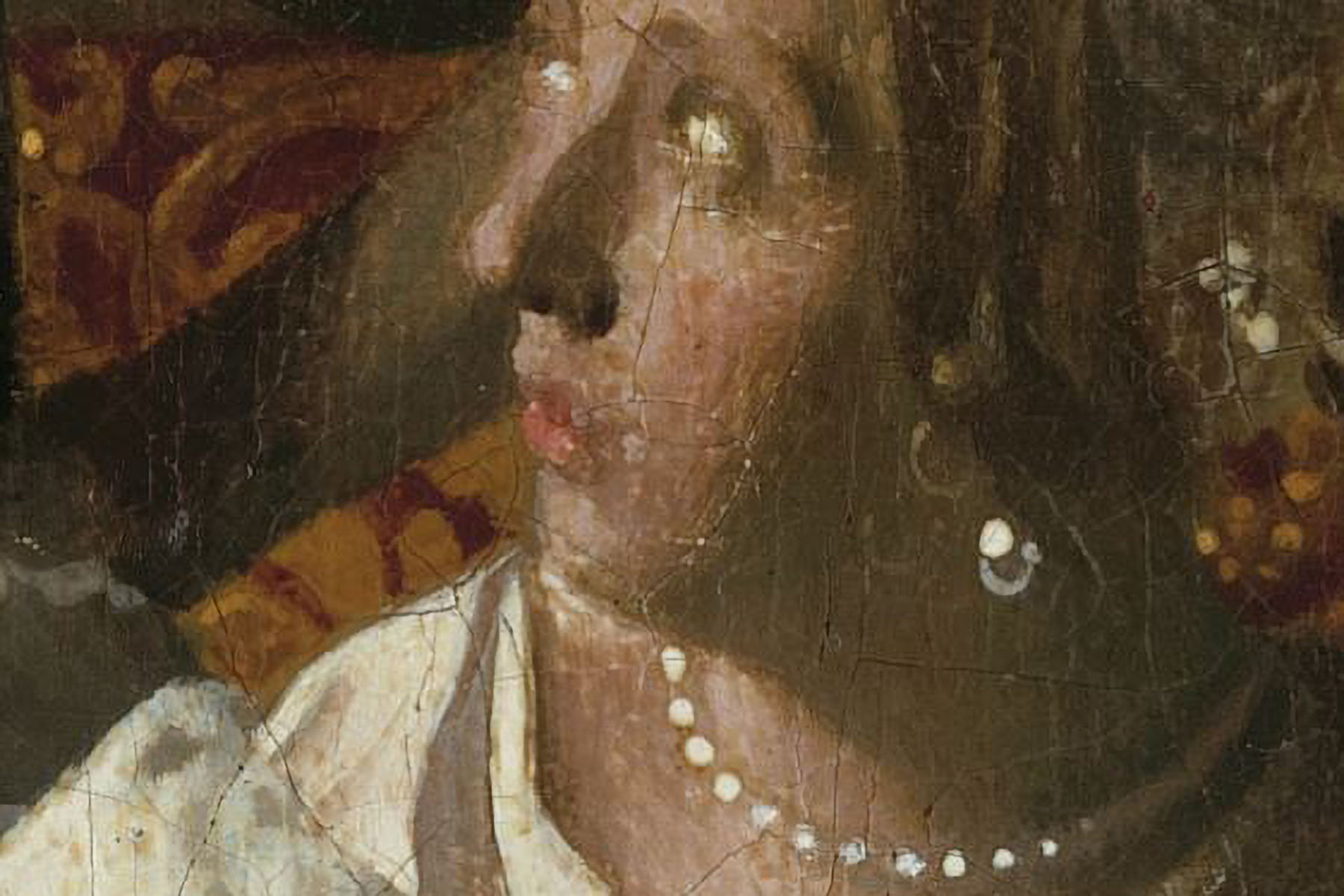A Scientist's Quest to Decode Vermeer's True Colours
/ September/October 2024
New techniques reveal hidden details in the Dutch master’s paintings
by Adnan R. Khan
Updated 13:05, Jul. 22, 2024 | Published 6:30, Jul. 9, 2024

When Frederik Vanmeert stands in front of a Johannes Vermeer painting, the temptation to go close is irresistible. In Amsterdam’s Rijksmuseum, where he works as a heritage scientist, it’s not hard to satisfy this craving for intimacy; patrons are free to get personal with the art. Viewers of Rembrandt’s The Night Watch can approach within a metre of the canvas, while the museum’s four Vermeers, hanging nearby, offer an even more intimate experience. Viewers may, if the moment moves them, lean in within centimetres, though the security guard posted nearby will likely wag a disapproving finger.
Still, even millimetres are an interminable chasm for Vanmeert. He’s seen Vermeer’s work in finer detail than most—at the microscopic level, down to the crystal latticework of the pigments that structure the language of the seventeenth-century Dutch painter’s artistic vision. “These days, because of my work, when I look at a Vermeer, I can’t help but wonder: Are we really understanding what he intended?” Vanmeert tells me, approaching The Little Street, one of only two landscapes the artist is known to have painted. “I get drawn closer to, say, this area here—the dark area of the lady’s dress. It’s difficult to decipher which type of fabric Vermeer meant to depict here, and I wonder if this is the original colour.”
Fidelity of colour is Vanmeert’s professional obsession. As a chemist in the art world, he’s spent most of his career trying to understand colour: how it is produced, how it changes over time, how artists prepare the powders and substrates that become the medium through which they speak to us, and, ultimately, why they make the choices they do. If colour is the language of art, Vanmeert is its linguist.
As a scientist, though, he avoids such grand pretensions. It’s a touchy subject. The past two decades have seen an explosion of scientific enquiry into art, from chemical analysis for authentication and identifying forgeries to techniques for restoration and conservation. In the process, scientists have found themselves thrust into some of the art world’s most vexing debates, often controversially. Determining what an artist “intended,” for instance, can send art experts and enthusiasts into a tizzy. The artist’s intent is irrelevant, the purists say. Only the work matters, and what the work conveys.
More:
https://thewalrus.ca/a-scientists-quest-to-decode-vermeers-true-colors/
